Ofcom 2022 Study – Average UK Broadband ISP Speeds Hit 59.4Mbps
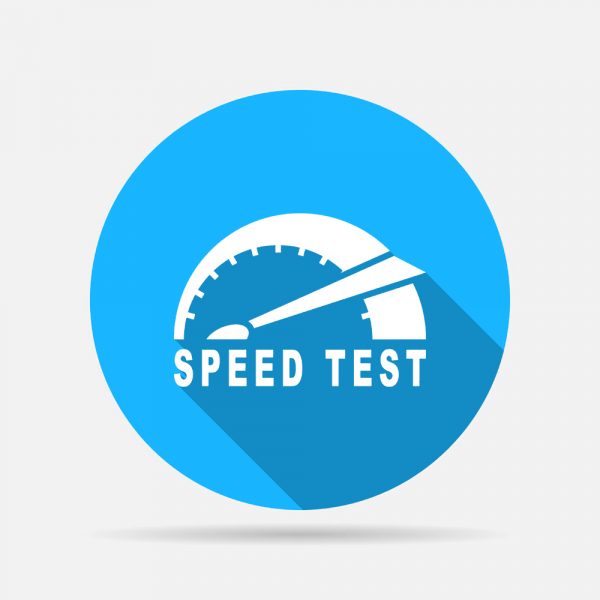
Ofcom’s 2022 study of fixed line home broadband ISP speeds has reported that the average (median) UK download rate has risen from 50.4Mbps last year to 59.4Mbps now (uploads went from 9.8Mbps to 10.7Mbps). But the performance gap between rural and urban areas has “widened” (unsurprising with so much urban FTTP build).
The regulator’s study is based off data gathered during March 2022 via both custom modified routers from SamKnows and ISP supplied routers with the company’s Agent software onboard. This method of testing, which is conducted at router level during idle periods of usage, is extremely accurate, not least because it removes the negative impact of things like local network congestion and slow WiFi. But the sample size is only a few thousand homes.
We should add the caveat that speed testing like this should not be directly equated to network availability. At present fixed line “superfast broadband” (24Mbps+) networks are available to around 97% of the United Kingdom, while “gigabit-capable” (1000Mbps+) networks cover around 70% – via a mix of full fibre FTTP and Hybrid Fibre Coax (HFC) – or 40% when you only look at FTTP (i.e. Virgin Media’s HFC upgrade is what delivers most of the current gigabit coverage, primarily in urban areas).
Advertisement
Despite this, around 12% of UK fixed lines continue to take slower and less reliable copper ADSL lines, which can drag the overall results down. The take-up of faster connections is rising, but some people – even when it’s available – will always be discouraged from upgrading by issues of cost (faster services are sometimes more expensive), lack of awareness about availability, exit fees, fear of switching ISP and so forth.
Average UK Median Download Speeds (Upload)
➤ 2022 = 59.4Mbps (10.7Mbps)
➤ 2021 = 50.4Mbps (9.8Mbps)
➤ 2020 = 50Mbps (9.8Mbps)
➤ 2019 = 42.1Mbps (9.3Mbps)
➤ 2018 = 37Mbps (6Mbps)
➤ 2017 = 36Mbps (5Mbps)
Ofcom’s report also gives a split of real-world average performance by different connection technologies (see below), although this seems to exclude 1Gbps (gigabit) FTTP (full fibre) packages – probably due to lack of data. On this point we should remind readers that all sorts of things can affect performance, while connections that use copper wire (FTTC, G.fast, ADSL) are negatively impacted by signal attenuation over distance.
Likewise, ISPs can also suffer from network congestion, traffic management, service faults and poor home wiring, all of which can also have an impact upon the performance scores. Finally, take note that “fixed superfast product take-up” – as depicted below – reflects the percentage of UK consumers that have adopted a package with download speeds of 30Mbps or greater.
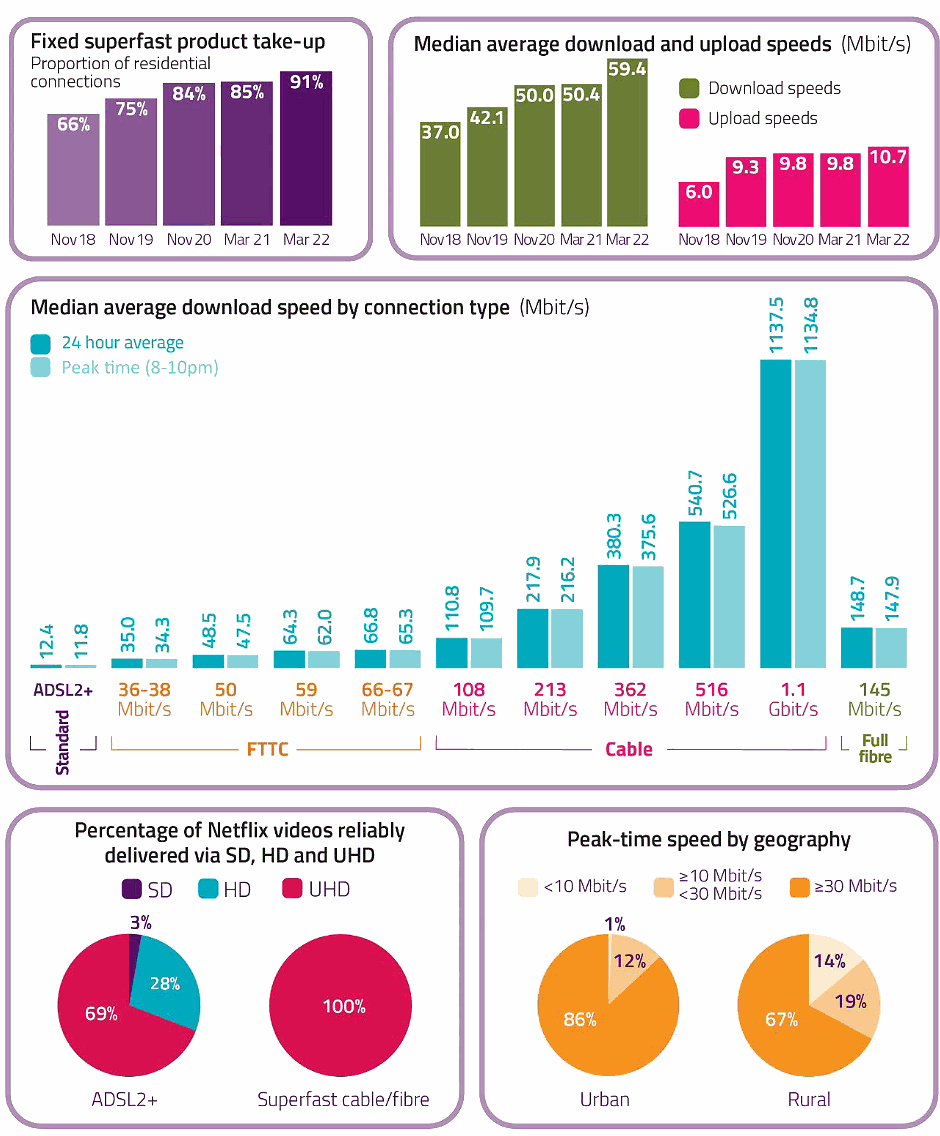
Advertisement
Sadly, there are still some parts of the UK where even so-called “superfast” connections have yet to reach (e.g. remote rural and digitally disadvantaged urban pockets). On the flip side, we continue to see a rapid commercial roll-out of gigabit-capable networks in urban areas, which are naturally growing at a faster pace than sparse rural locations.
In other words, there’s still a clear disparity of performance between urban and rural areas. On this point, Ofcom’s limited data only really considers the two most common rural broadband technologies (i.e. hybrid fibre FTTC and pure copper ADSL lines) – copper ADSL lines tend to be much longer and less reliable in rural locations than urban ones.
Ofcom’s report notes that, during the 8-10pm peak-time period, there was a 58% difference between average urban (62.1 Mbps) and rural (39.4 Mbps) download speeds, which is up from 42% in 2021. This no doubt reflects the ramp-up in commercial urban builds that we’ve just mentioned.
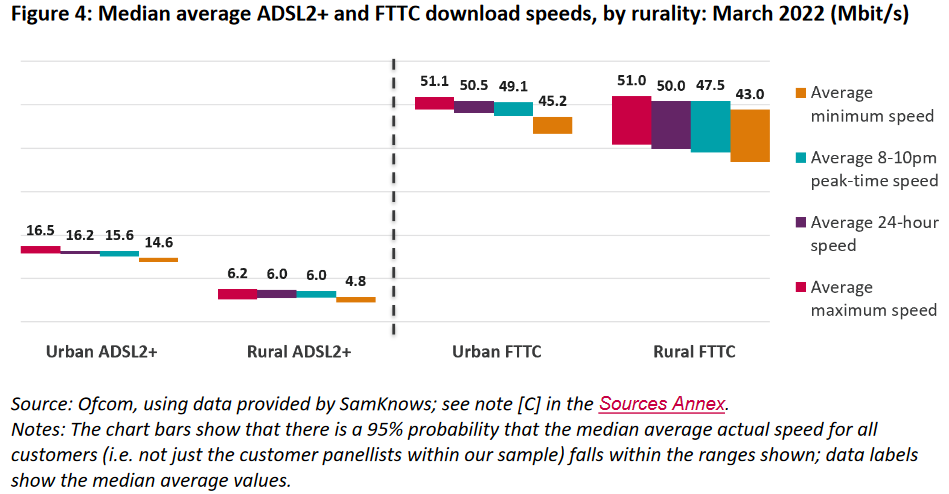
Advertisement
Anybody who finds themselves suffering slow sub-10Mbps speeds should perhaps consider the new Universal Service Obligation (USO), which sets a minimum download speed of at least 10Mbps for all and is available “upon request” (i.e. not an automatic upgrade). One caveat though is that BT appear to be predominantly handing out 4G devices to tackle this, which won’t work for everybody, but you can complain if it doesn’t deliver and FTTP may be an option (albeit too expensive to deploy in some areas). In short, the USO won’t solve the problem for everybody in the final 1% of premises.
The Government are also investing £5bn via Project Gigabit to ensure that “gigabit-capable” (1Gbps+) broadband services reach at least 85% of UK premises by the end of 2025, before hopefully achieving “nationwide” coverage (c. 99%) by around 2030 (here). The funding for this is mainly being invested to improve connectivity for the hardest to reach “final 20%” of premises (i.e. rural and semi-rural areas). In theory this could help to tackle concerns over the rural vs urban divide but, assuming that’s even achievable, it will still take a fair few years to complete (the first contracts are only just being awarded now).
Performance by ISP
Ofcom’s study also includes a brief breakdown of performance by specific broadband ISPs, which produces some interesting results for the biggest providers, but is only available in full detail via their restrictive interactive reports. However, they do provide a general summary.
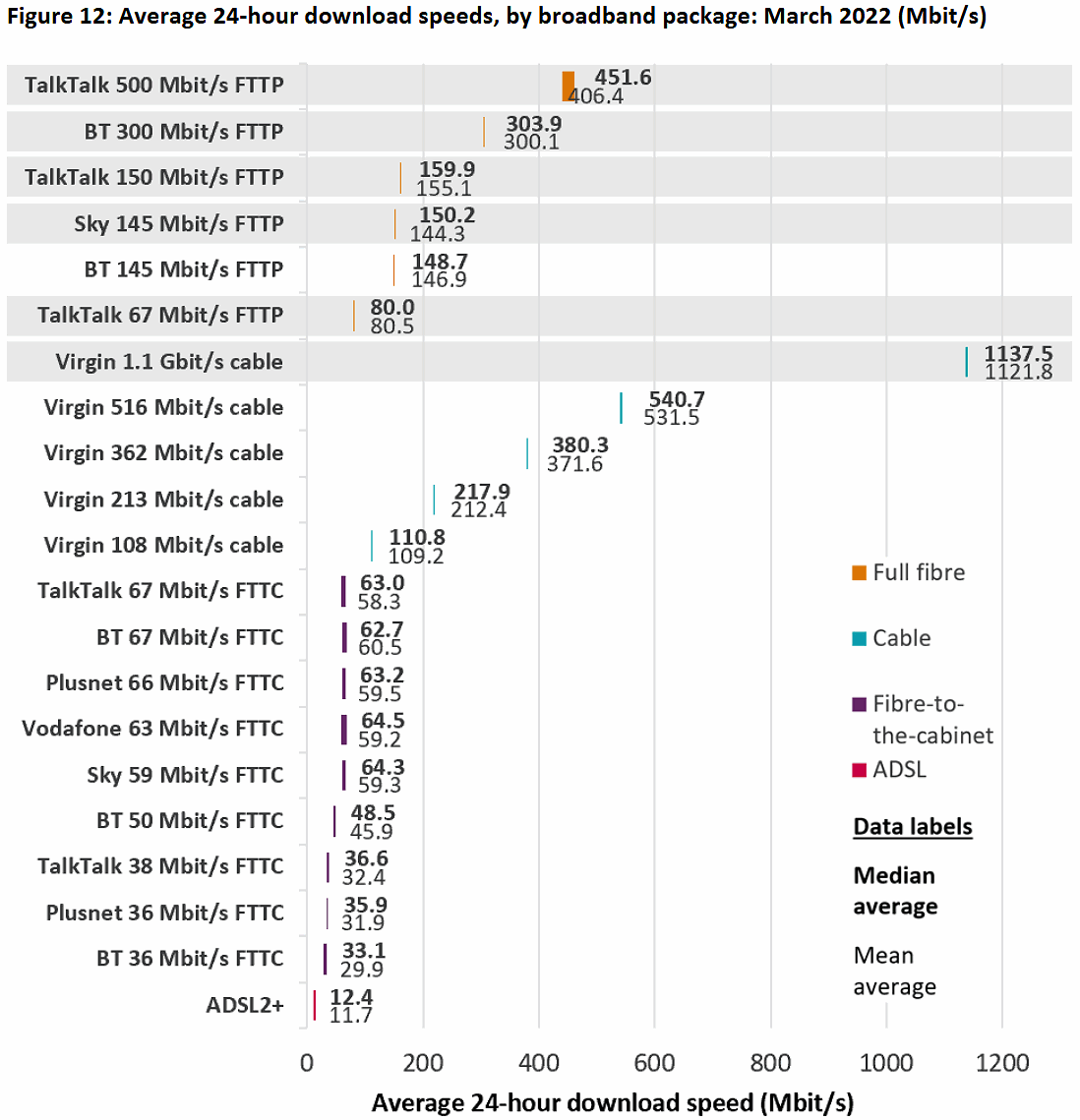
We also get some indication of connection latency between different packages and technologies, which measures the responsiveness of networks – the delay (milliseconds) between a connection requesting an action and that action taking place. For example, fast-paced multiplayer video games often desire latency times below around 80ms for smooth play.
As expected, the slowest latency times come from ADSL lines on around 21-23ms, which is fine, but there’s also no escaping just how quick full fibre (FTTP) services can be (generally below 10ms). The fact that Virgin Media has yet to fully adopt the DOCSIS 3.1 upgrade on their upstream channels may also be showing through below, since they struggle to beat FTTC (VDSL2) for latency, but by next year’s report we expect that to have changed.

Tackling Speed Problems
Speeds do sometimes fall well below estimates and in those situations then it helps to be aware of Ofcom’s Voluntary Code of Practice for Broadband Speeds, which requires member ISPs to provide reliable estimates of connection performance during the order process and to also help resolve problems when they arise.
The latest code (details) provides more information during sign-up and strengthens the right-to-exit when speeds fall below the guaranteed minimum level. Providers are now given one month to resolve the problem and if they fail then customers can walk away, penalty-free (the right to exit also applies to contracts that include phone and TV services purchased with broadband in a bundle).
Take note that this code also includes Cable (e.g. Virgin Media) and FTTP providers, although the minimum guaranteed speed level for such ISPs is measured differently because these services aren’t affected by the same performance issues as other technologies. Instead, the minimum guaranteed download speed will be at least 50% of the advertised speed of the package, rather than 10% for other connection types.
The code remains voluntary, which is understandable since many smaller ISPs find that the costs involved with adapting to Ofcom’s latest rules can be too high (i.e. most won’t sign-up). At present the latest speed code is only supported by BT, EE, Plusnet, TalkTalk, Utility Warehouse, Virgin Media and Zen Internet. Sadly, Sky Broadband and Vodafone remain notable for their absence.
Ofcom Fixed Home Broadband Speeds Report 2022
https://www.ofcom.org.uk/home-broadband-performance-2022
Mark is a professional technology writer, IT consultant and computer engineer from Dorset (England), he also founded ISPreview in 1999 and enjoys analysing the latest telecoms and broadband developments. Find me on X (Twitter), Mastodon, Facebook, BlueSky, Threads.net and Linkedin.
« Virgin Media Business UK Customers Start Seeing Faster Uploads










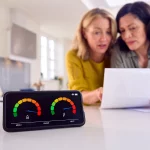


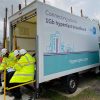









































USO in my experience has been useless. Our new home’s line is too long to sustain a 1Mb/s copper connection, so called USO.
Was advised there’s not enough capacity for a 4G connection, and received a build quote of £70-100k for a new line, they were quick to point out this cost could be shared between three neighbours.
Our neighbours are wealthy so are using starlink, something I don’t have the income to afford.
should mention, we’re not that rural, I’m a 10 min bike ride from the nearest large town.
Have you tried all four mobile networks?
This raises an interesting question: How did they ever manage to build a copper line to Jimmy’s premise in the past (probably a few decades ago)? Why is a telecom company like Openreach not able to build a fibre line along the same road, especially when the poles and/or ducts already exist? What has gone wrong in this modern-age Can’t Do culture of telecoms?
Do you know the specific route and challenges for Jimmy’s connection Gnewton?
If not why the broadbrush comment? Sounds like trolling.
Why don’t you tentatively propose to your neighbours about sharing their connection (if it’s feasible to run a line, or point to point between your houses)?
I think averaging 24-hour latency, apparently with minimal up/download pressure during measurements is very flattering, in particular to Virgin Media’s latency figures.
My 15-20ms VM idle latency fits with the above 15ms figure, but under heavy download pressure rises to averages between 200-700ms with individual measurements as high as 1.5 seconds recently. Upload pressure’s not as bad on average between 80-250ms but individual measurements as high as 2.6 seconds.
I’m surprised how little interest fot voucher scheme in my area is . Months ago a group of individuals set ip a group where people could come together yo express an interest to go forward, there would be progress updates monthly, sadly very little interest, so it looks like FTTC will have to suffice. Only 30 properties out of 2000 were interested in FTTP.
The vast majority are content with mediocrity.
No point in going faster if Ofcom is going to muck it all up with new rules.
I was getting 55meg when I joined sky 4 years ago now I’m getting 40. Sky wont do anything because its ” still within the guaranteed limit” Why advertise it as superfast when really its moderately fast compared to other areas.
What utter tosh! Same old look how great it all is. Well it is a long way from that average here in Buckinghamshire. Yes that’s right Buckinghamshire. If you removed all the town’s from the data the UK would have one of the slowest broadband in the world.
Removing all urban areas from the average then comparing against the rest of the world’s numbers including urban areas would result in the UK being among the slowest: shocking.
When you’re so up in arms about Leeds being the largest city in Europe without a mass transit system I might have some sympathy with rural Buckinghamshire’s broadband.